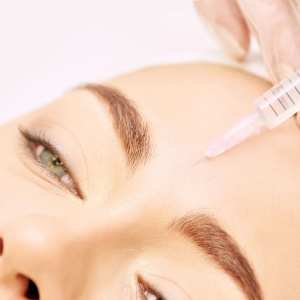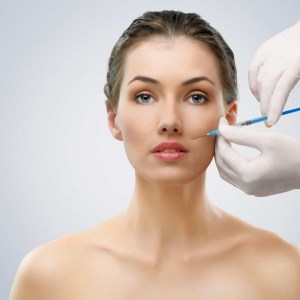Scientists at Edinburgh’s Heriot-Watt University are attempting to understand the proteins that may be responsible for the development of Type 2 diabetes.
It is the same SNARE proteins that Botox treatment targets, as they are responsible for muscle contraction. Botox targets these proteins and effectively freezes them, therefore halting muscle contraction.
As well as in other areas of the body these proteins, called SNARE, reside in the beta-cells within the pancreas. Researchers are using molecular microscopic techniques to determine exactly what happens with these cells and insulin release.
The steady release of insulin made by these cells helps to control glucose levels in the body. When there is a consistently high level of glucose production in the body, which is what happens in obese patients, this process stops functioning properly and leads to Type 2 diabetes.
These SNARE proteins, which are the equivalent to the size of ten-thousandth of a human hair, will be observed by Dr Colin Rickman and his team of researchers. They hope that this will help to understand exactly how the beta-cells produce insulin and therefore what happens when they stop functioning. The intention is that these findings will help find a cure to the chronic condition.
The number of people with Type 2 diabetes in the UK rose by 1.5 million between 1996 and 2012, and it’s predicted that the number of sufferers will hit 5 million by the year 2025. This recent and projected growth in number is due to the rising numbers of those who are overweight and obese.
Cosmetic Courses offer aesthetic training to medical professionals throughout the UK. If you would like information on any of our training courses, please call us on 01844 390110 or email [email protected].
 facial volume. As the skin ages the natural collagen present begins to diminish. Over time this will sometimes result in sagging skin, facial folds, lines, and wrinkles.
facial volume. As the skin ages the natural collagen present begins to diminish. Over time this will sometimes result in sagging skin, facial folds, lines, and wrinkles. ranging from wrinkles to the loss of subcutaneous fat and dermal collagen with
ranging from wrinkles to the loss of subcutaneous fat and dermal collagen with 






